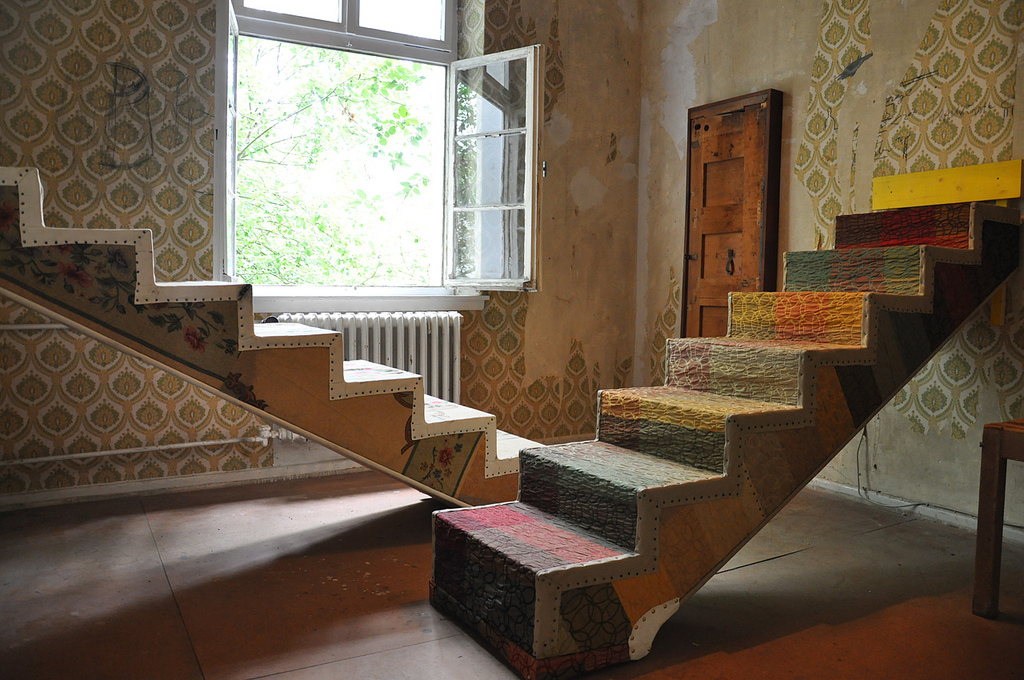
Introduction: What do artists need to thrive?
By Angie Kim
If you’re reading this, chances are good that you’re an artist, a friend of artists, or someone who is interested in how creativity thrives. Hello! You’ve come to the right place.
By engaging in the conversation here and through social media, you are part of a research effort to understand how artists in the United States live and work and what they need to sustain and strengthen their careers. CREATIVZ features essays by a range of thinkers in the arts field, along with comments, images and ideas curated from contributions through social media using the hashtag #creativz. Please add your voice!
This web site is not a summary of research findings, but rather an integral part of the research process itself. The goal is to make the research transparent, include a broad range of people and perspectives in the process and hear from as many artists and artist support providers as possible. A report summarizing the findings will be published and available on this site in June 2016.
Background
This national research project builds on a 2003 report by the Urban Institute, Investing in Creativity: A Study of the Support Structure for U.S. Artists, which developed a conceptual framework for understanding the major domains of support that artists need: validation; demand/markets; material supports such as space, equipment, employment, and funding; training and professional development; community and networks; and access to information. Over the past 13 years this framework has informed the practice of funders, artist intermediary organizations and others who are interested in supporting artists.
The world has changed significantly since 2003 in ways that have important impacts on artists and artistic practice. New technology has changed how artistic work is created, accessed, and supported. Creativity is “in,” and is more highly valued by businesses, civic leaders and the general public. Demographic and generational shifts have led to new aesthetics and ways of working, and raised the urgency of cultural equity. With the “gig economy,” the way that artists have always worked has become more mainstream and magnified the need for new structures that support this way of working.
The domains outlined in the Urban Institute report are still applicable, but we need a fresh understanding of the context in which artists work today, and what new kinds of support structures need to be created, or what existing systems can be enhanced to enable them to thrive.
Who
This research is a partnership of the Center for Cultural Innovation (CCI) and the National Endowment for the Arts (NEA), with additional support from the Doris Duke Charitable Foundation and the Surdna Foundation.
CCI’s mission is to support individual artists, and the ensuing research report will generate understanding and a national dialogue on the kinds of support artists need, with CCI’s intention to catalyze support for artists.
For the NEA, this research is a component of their 50th anniversary initiative, Creativity Connects, which shines a spotlight on how the arts contribute to the nation’s creative ecosystem and connect with other sectors that want to use creativity. Together, the NEA and CCI are working together to recognize and understand the kind of support that artists need today.
How to Be Involved
- Share your stories and perspective. Comment directly on posts on this site, or through your favorite social media app. On social media, be sure to use this hashtag: #creativz
- Share the site or posts with other artists, creatives and those who are interested in supporting them.
- Use social media to show and tell us about your life as a creative–what you do, how you do it and what’s going on in your world that makes your creative work easier, harder or different. You can also see some of the views we’ve curated from Twitter, Facebook and Instagram.
Photo by Naniel via Flickr / Creative Commons – ‘Theaster Gates’: Double Cross, from 13th Ballad, Museum of Contemporary Art, Chicago, 18 May – 6 October 2013

9 thoughts on “Introduction: What do artists need to thrive?”